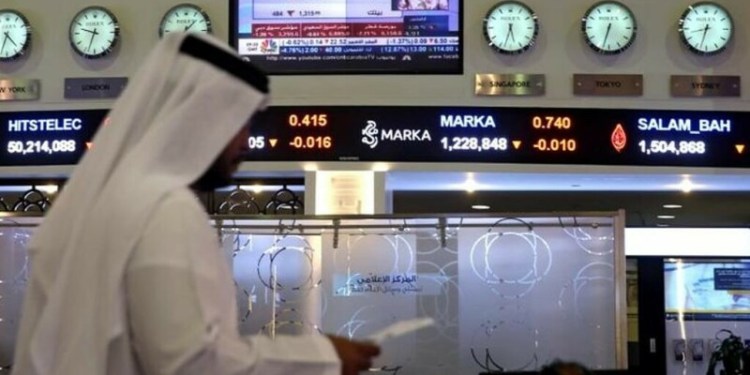LONDON: The dollar stayed strong but metal markets buckled badly on Thursday, as signs that China was resorting to credit-fuelled stimulus again and trade jitters helped drive its currency to a one-year low.
Asian shares had struggled following the moves and Europe’s bourses were also in the red as traders banked some of the recent gains that had hoisted the STOXX 600, the DAX and the CAC40 to 1-month highs.
Britain’s Brexit-bruised pound was still suffering, falling below $1.30 for the first time in ten months, as stronger retail sales figures did little to repair the damage done by constant political turmoil and Wednesday’s weak inflation data.
The yen at 113 per dollar, euro at $1.16 and most other European currencies were all weaker too. Instead of politics though they were just unable to fend off another advance from a dollar now near a 1-year high.
“Sentiment right now is still very much in favour of buying the dollar,” said Cr?dit Agricole FX strategist Manuel Oliveri.
“It is positively correlated with risk appetite and risk appetite remains supported by the U.S. earnings season and there is a very strong notion among clients that there is further room for improvement.”
That appetite got its latest boost as S&P 500 rose to its highest in more than five months on Wednesday, the Dow Jones climbed for a fifth session and the ‘FANGs’ group of big tech giants hit fresh all-time highs.
Ongoing trade jitters and developments in China however meant Asia had been a different picture.
China central bank plans to incentivise banks to expand lending to companies, a source with direct knowledge of the matter said, a proposal that points to another shot of stimulus.
China’s foreign-exchange regulator meanwhile said it would keep currency markets stable amid intensifying trade frictions with the United States.
The worries had pummeled the yuan to a one-year low of 6.7800 per dollar and 6.7427 in offshore and onshore trade.
The technology-heavy Shenzhen Composite stocks index shed 1.0 percent and Shanghai Composite index fell 0.6 percent to head back towards a 1-1/2-year low it had set earlier this month.
“Market players are looking at both the onshore and offshore exchange rate to determine whether or not the People’s Bank of China is intentionally allowing a weaker yuan,” said Ayako Sera, market strategist at Sumitomo Mitsui Trust Bank.
“If the difference between the two markets becomes too big, that could mean the PBOC is intervening in the market.”
She noted that although the spread between offshore and onshore yuan had widened recently, it was still far from the levels it hit during the Chinese financial market shock in 2015 when the central bank was seen intervening heavily.
METALS MELT
Metals markets were also in the firing line again. China is the world’s biggest consumer of most industrial metals so worries about its economy can have a serious impact.
Copper and nickel were both down over 2 percent on London’s metal exchange, while zinc was down more than 3 percent and lead shed 2.5 percent.
Oil and gold also dropped again. Gold hit another one-year low of $1218.34 per ounce, while Brent and WTI U.S. crude futures were down 80 and 53 cents at $72.10 and $68.20 a barrel respectively.
Brent has fallen almost 9 percent from last week’s high above $79 on emerging evidence of higher production from Saudi Arabia and other members of the Organization of the Petroleum Exporting Countries as well as Russia and the United States.
“The outlook remains negative,” said Robin Bieber, technical analyst at London brokerage PVM Oil Associates.
Source: Brecorder


























